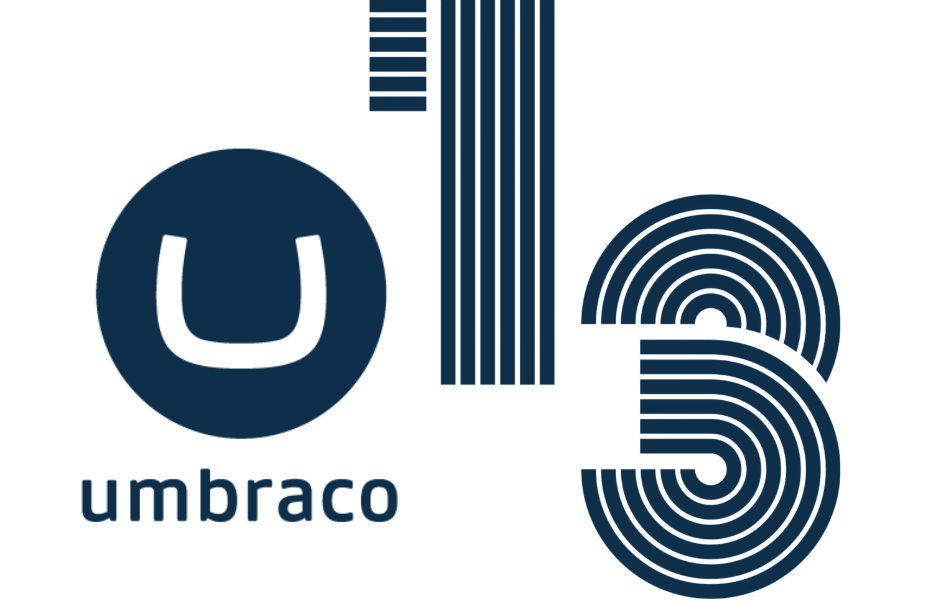Building People Centric Systems and Being a part of the team


To be an extension of the team. It’s very easy to say and claim. I used this term recently in a meeting with a new client regarding an enterprise CMS we were working on. The reply (received in the friendly way it was intended) was, ‘Of course you say that! Who doesn’t!?’.
I think they had a point!
It did get me thinking. So below I’ve highlighted three very tangible, very practical things we do that really make us an integral part of the team for so many of our clients. Each one is simple in principle. Delivering them in unison and consistently is what really allows us to live up to what we say.
Getting to the core
of the business challenge
Enterprise systems don’t live in isolation. It’s very easy to look at system requirements as a series of ‘functions’ or ‘features’ that must be created to solve problems in your current workflow.
A featureset is of course very important. Though this is not where we start. We explore how online and offline processes integrate together, we interview your teams and map your broader workflow. In doing so, we truly get to know your people and understand the central business challenges you face. With this approach, we often find we’re helping shape the problem to be solved. Instant is a great example of this.
So if you simply want us to follow instructions, we may not be the right development team for you!
People-centric design
In the rush to achieve ‘Digital Transformation’ (DT), many organisations interpreted DT too narrowly. Many only looked at how to digitise operational processes. Good DT looks at three elements:
- Operational Processes
- Business Models
- User Experiences
When you only focus on the processes, firstly you’re not fully taking advantage of the potential of a great integrated system. More importantly, you may sacrifice user experience and exploration of business models for a narrow version of what ‘efficiency’ is.
This is why we closely shadow and learn from the teams that will actually be using the enterprise CMS systems we create. By shadowing, we find ways to make customer teams more effective. A great example of our people-centric approach is the work we’ve done with BW Group.
Our engineers are the point of contact
There’s nothing wrong with good sales people. Good sales people are great communicators and can connect with people quickly. However, it’s difficult for sales people to have the same technical knowledge as our development team. It’s often an additional layer of process for customers.
That’s why our engineers and developers are customer facing. We need that to be the case to really achieve some of the points made above. By having our engineers as the first port of call, we better understand the problem at hand and can better relate to the practical challenges people are facing.
A great example is the work we’ve done with the University of Bedfordshire. When planning for intense system-dependent events like clearing, we want our engineers to be speaking directly with those planning the clearing process, and they want to be speaking directly with us!
And the approach seems to be working. We’re an integral part of several client teams. We work onsite with most. We’re in weekly team meetings and brainstorming like colleagues. We’re augmented with the inhouse development team.
Mark Hesketh
Head of Development
We’re always keen to speak to people about their exciting ideas.
Please get in touch for a friendly, no obligation conversation with one of our engineers.




